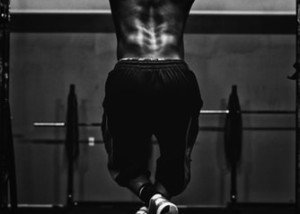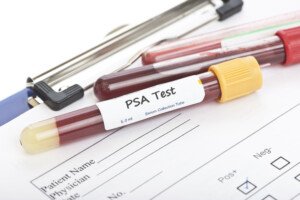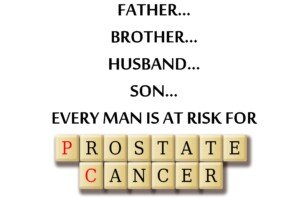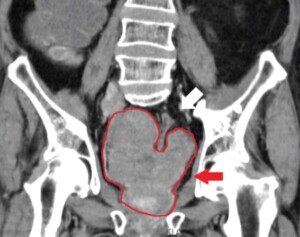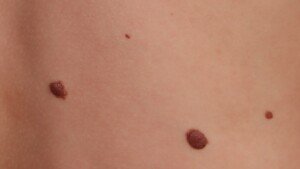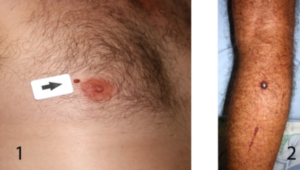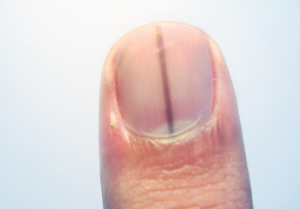Dr. Allen Stewart, aortic repair surgeon, comments on safe weightlifting techniques for people with aortic aneurysm.
Aortic aneurysm: safe weight lifting techniques – there are several.
When a fitness enthusiast is told he or she has an aortic aneurysm, the physician may warn the patient that it’s not safe to continue lifting weights.
Safe weightlifting techniques are mandatory.
Lifting weights increases blood pressure. High blood pressure, even momentarily during lifting weights, can tear the already-weakened inner wall of the aneurysmal aorta, causing fatal internal hemorrhaging.
Safe strength training techniques include avoiding straining.
“Don’t lift heavy weights” is a common admonition for those with aortic aneurysm. But what does “heavy” mean? It’s all relative.
If bench pressing a 60-pound barbell is difficult, then this is heavy for you.
If you warm up with a 180-pound barbell to prepare for 300-pound bench presses, then 180 pounds is light for you (for this particular exercise).
Let’s look at a situation in which a man strains to complete 12 chin-ups. He begins with some effort, but past half-way, things get hairy.
He begins grunting at rep # 10. He barely cranks out the last rep: a 12 rep max with a compound exercise.
Safe weightlifting means no 12 (or fewer) rep maxes.
But what about percentage (of reps) of the 12 RM, using the same resistance?
This man is diagnosed with aortic aneurysm; would it be safe to stop at just half the reps of chin-ups?
Another example is a woman, newly diagnosed with aortic aneurysm, who normally does 12 RM Smith machine squats (135 pounds).
Thirteen reps are too difficult. How about if she just does around seven reps at 135 pounds?
“Yes, a percentage of maximal effort is a good way to look at exercise,” says Allan S. Stewart, MD, a cardiothoracic surgeon at HCA Florida Mercy Hospital in Coconut Grove.
Maximal effort is exactly that: With all your might, you cannot do one more repetition.
“The amount of recruitment of additional muscle groups is what causes the increase in catecholamine surge and consequently, the increase in blood pressure delivered to the weakened aorta,” continues Dr. Stewart.
“Working to failure is better accomplished with dumbbells than with a straight bar or with pull-ups (places where it is difficult to assess the strain mid-rep and also difficult to stop without a spotter).”
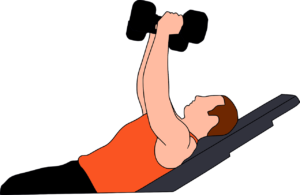
So what does this mean?
Dr. Stewart concludes: “It is much safer to exercise with specific muscle groups, lighten the weight, and work towards failure.”
There is “mechanical” failure and there is “metabolic” failure.
Mechanical: The weight can no longer be lifted because it becomes too heavy.
Metabolic: The athlete still has strength to continue lifting, but the muscle “burn” is so intense that another rep is impossible. This debilitating burn can be instigated with even a very light resistance load.
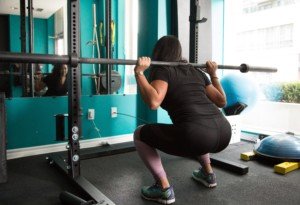
In the case of squats and other compound routines, many muscle groups are recruited, and at a 12 RM (and even more so with a 6-8 RM), there will be a surge in those catecholamines and hence a major blood pressure spike.
The resistance becomes too heavy to continue lifting, even though muscle “burn” may be minimal, if at all existent.
An athlete with aortic aneurysm that does not meet criteria for surgical repair, should do only around half the reps of his or her 12 RMs for compound routines.
For arm isolation work (e.g., dumbbell curls, triceps kickbacks, triceps rope), a 12 RM is fine.
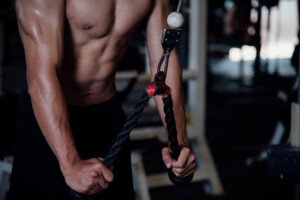
Freepik/jcomp
Those with aortic aneurysm who want to complete 12 reps (or 10 or 8) with compound moves (exercises involving more than one joint) must then use 20-30 percent less resistance!
An aortic aneurysm, when it comes to lifting weights, means things will never be the same again – your safety is priority.
If your 12 RM bench press is 200 pounds, and you have aortic aneurysm, stop at six or seven reps with this load.
Or, do 12 reps at 140 to 160 pounds. Do not push through to true metabolic failure at this lighter weight, either.
Stop when you’re almost there. And don’t even handle the loads that would be for 10 or less RMs.
Another safe weightlifting technique for aortic aneurysm: avoid “super slow” or “negative” training. Move loads quickly to minimize time that blood pressure is high.
Best move: Convert to a 15-20 RM minimum. Dr. Stewart explains, “Reps cause failure of the muscle group more than higher weight, which necessitates recruitment of other muscles and more straining.
“I believe that higher reps with lesser weight is a safer option. Breathing is essential!!! Avoidance of Valsalva is important.”
It’s especially important for those with aortic aneurysm to exaggerate exhalation during the “positive” (concentric) portion of the lift, to prevent pressure-buildup in the thoracic cavity.
Inhale very deeply during the “negative” or release portion.

A pioneering aortic disease surgeon for 20+ years, Dr. Stewart has performed 5,000+ open heart surgeries and is the developer of a hybrid endovascular procedure for treating complex aortic aneurysms. In 2013 Dr. Stewart was recruited to lead the Center for Aortic Disease at Mount Sinai Hospital, later promoted to Associate Professor of Cardiovascular Surgery.
 Lorra Garrick is a former personal trainer certified by the American Council on Exercise. At Bally Total Fitness she trained clients of all ages for fat loss, muscle building, fitness and improved health.
Lorra Garrick is a former personal trainer certified by the American Council on Exercise. At Bally Total Fitness she trained clients of all ages for fat loss, muscle building, fitness and improved health.



